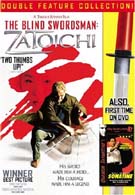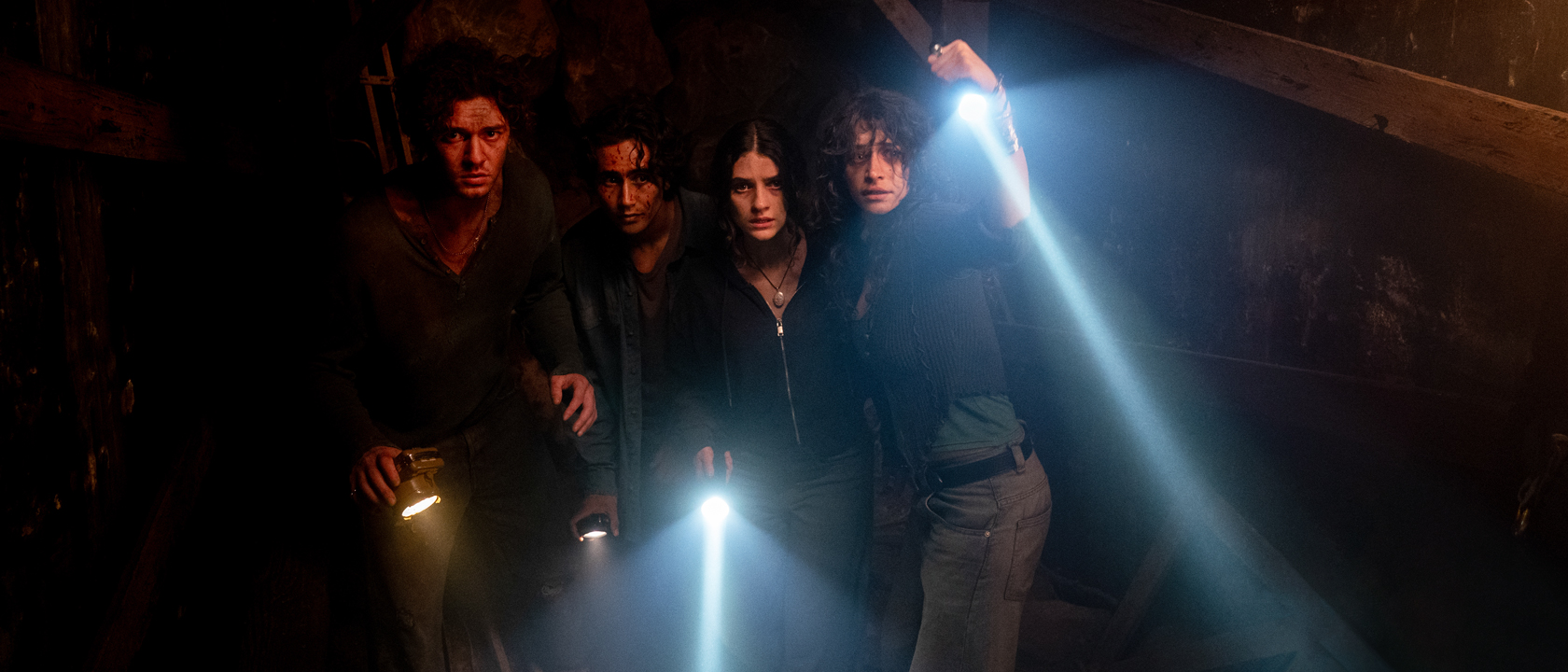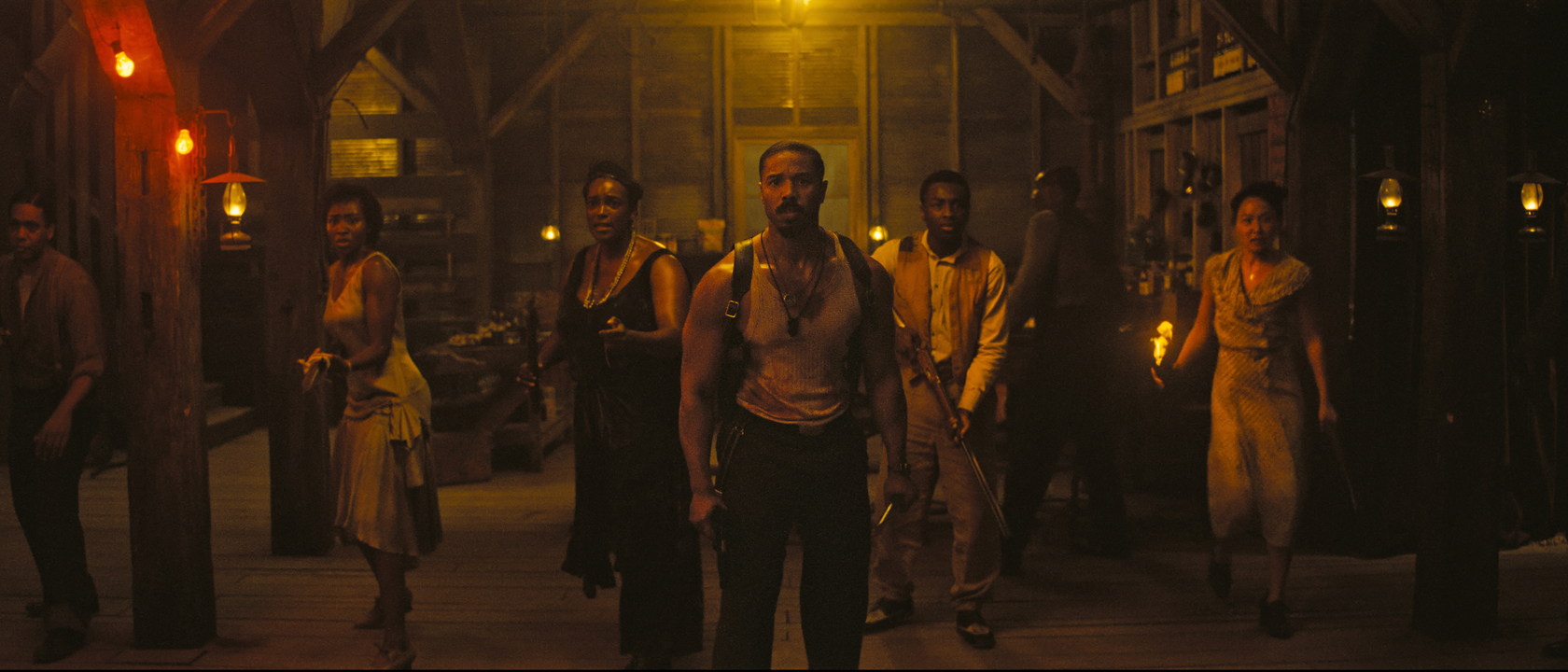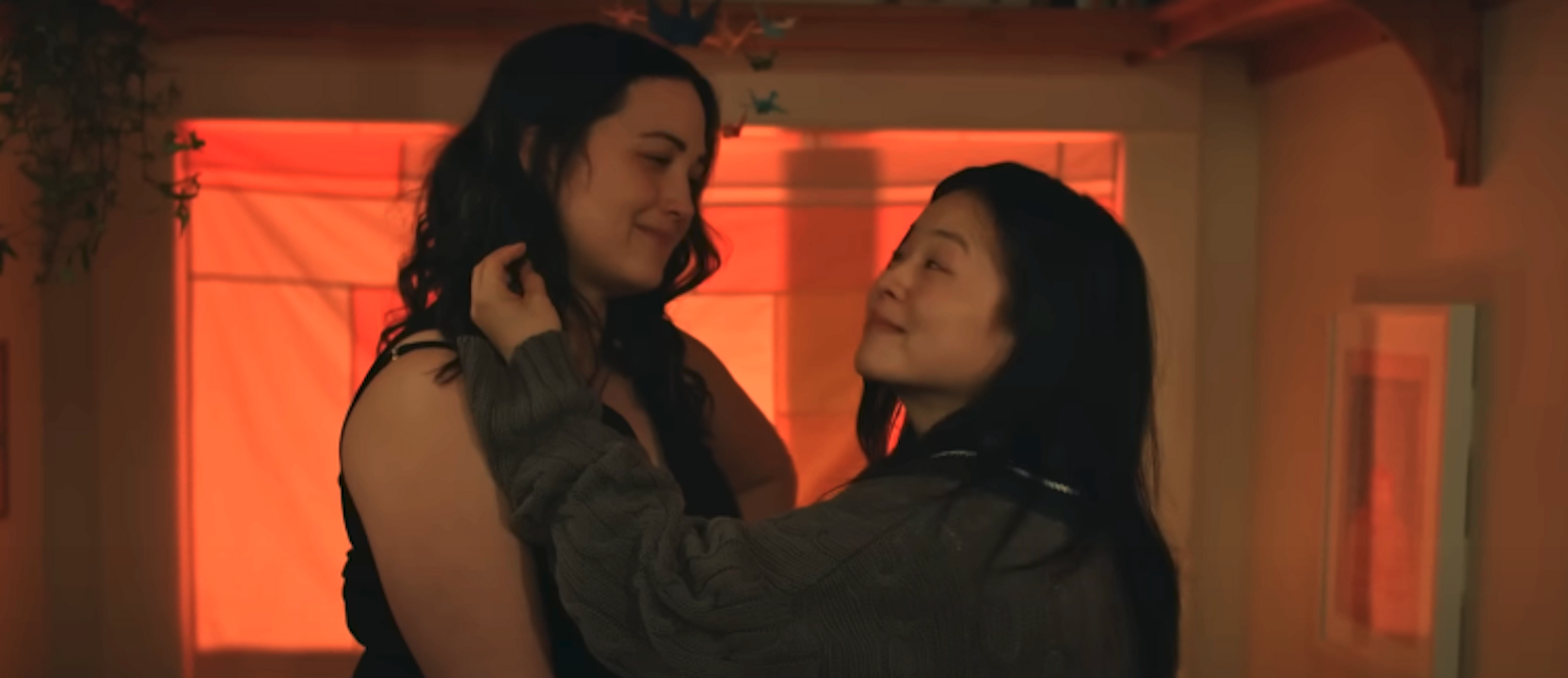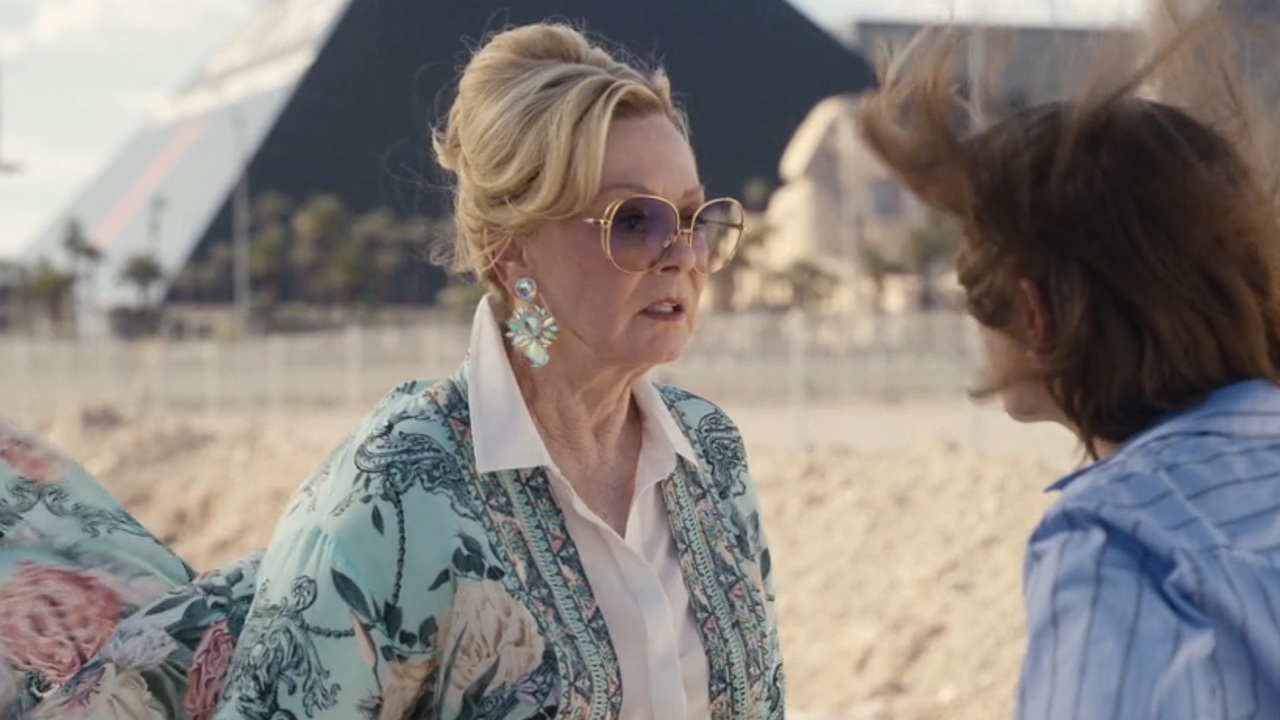Takeshi Kitano, also known as Beat Takeshi, is a prolific actor, writer, director and television personality in his native Japan. American audiences know little about him (they might have caught him in “Takeshi’s Castle” on SpikeTV, also known as “Most Extreme Elimination”). Movie geeks may have a few of his Yakuza movies (in 2nd or 3rd hand dubs) in their VHS collection but until the release of Zatoichi amidst high critical acclaim, American audiences have had little chance to see what the fuss was about. Somehow I don’t think his small role in Johnny Mnemonic counts. The story of Zatoichi is well known in Japan as a long-running movie series (26 total) starring Shintaro Katsu. Zatoichi is a wandering blind masseuse who travels from village to village, getting into adventures. Any one who is foolish enough to try to bully, bamboozle, or take advantage of him soon discovers that he is a master swordsman as well.
Takeshi Kitano’s reincarnation of the Zatoichi character presents him much the same as the original: humble, champion of the powerless, and able to slice and dice better than those who can see. We meet him as he is being harassed by a group of thugs who get cuisinarted for their efforts to intimidate the slightly stooped, self-effacing blind man. Zatoichi then helps out a farmer, Aunt O-Ume (Michiyo Oosuke), and in return gets a place to sleep in a village that is being terrorized by rival gangs. O-Ume complains to Zatoichi about her worthless nephew Shinkichi (Gadarukanaru Taka) who spends all his time gambling. He goes to the gambling den, meets the nephew, and proceeds to clean house (presumably his hearing is so good he can tell which pips land side up on the dice).
To celebrate, Shinkichi and Zatoichi hire a couple of Geishas, O-Sei (Daigoro Tachibana) and O-Kinu (Yuuko Daike) who attempt to roll the two gamblers. Instead of dispatching the thieves in his normal ruthless style, he hears their tale: they are brother and sister whose family was murdered by gangsters so they travel around and rob their marks for money to survive while hunting these men down. The geishas end up befriending the blind swordsman. At one point, Zatoichi pisses off the gamblers at the gambling den he and Shinkichi frequent so he slices up the lot of them and discovers himself (I suspect purposefully) in the middle of the gang war (and naturally, one of the leaders of the rival gang just happens to be responsible for O-Sei and O-Kinu’s parent’s deaths).
As you can probably tell by the complex plot description, the story is all over the place. Outstanding photography of the Japanese countryside, sympathetic and offbeat characters, bloody swordplay and a sense of humor that ranges from deadpan to outright slapstick hold it all together. The pacing is slow, but I found it tolerable as I was kept wondering what was going to happen next. The only thing that kept me from giving this the highest marks is sometimes the story meandered a little too much, as if Takeshi made it up as he went along. I’m giving higher marks than normal to the DVD despite slim extras, because the extras all seem to point to a certain goal: giving an American introduction to Takeshi Kitano. The disks contain interviews with this prolific man, as well as an in-depth behind the scenes look at making Zatoichi. It could have used a filmography, or perhaps some previews of other Takeshi Kitano movies, but still there is enough there to send someone so interested to his or her computer to do some Googling on the filmmaker.
Having said that, the Miramax release of Zatoichi on DVD features a nifty extra - another Takeshi Kitano movie: Sonatine. This movie is a fairly straightforward modern day Yakuza (Japanese Gangster) movie. It is downbeat, slow-paced, and violent, but it also contains some of the odd humor that Zatoichi has, which I am supposing is one of Takeshi’s trademarks (he was best known in Japan as a comedian before he turned to movies). If you like gangster movies this is a nice bonus. Be warned if you don’t like subtitles Sonatine does not have an English dub. It does have a French one so if you speak French you’re all set.
As for other aspects of this disk: the sound is terrific, especially for Zatoichi. The big dance number at the end (no, really!) is justification alone for listening to this on a good sound system. I already mentioned the photography; I should also mention that the CGI blood effects look somewhat fake but this was deliberate (Takeshi Kitano did not want to alienate the audience). The English dub of Zatoichi is fine but if you can stand listening to it in Japanese I would recommend it. Redubs of any movie always sound cheesy no matter how hard the producers try to make it sound professional.
To close, I would reiterate that this disk is a great way to introduce the United States to the talents of Takeshi Kitano. Miramax did a bang-up job of selling his work in this two-disk release (with the help of their wunderkind, Quentin Tarantino, whose Rolling Thunder productions released Sonatine). I for one will be looking forward to future releases of his earlier works (hint, hint Miramax).
Hacks Went Back To Vegas, And It Made Me Miss The Old Seasons For One Big Reason
Tom Cruise's Running Style In The Mission: Impossible Films Is Iconic, And Apparently, It's Connected To One Of His Outsiders Co-Stars
Somebody Actually Used It’s Always Sunny In Philadelphia’s Musical To Propose, And It’s Weirdly Sweet
